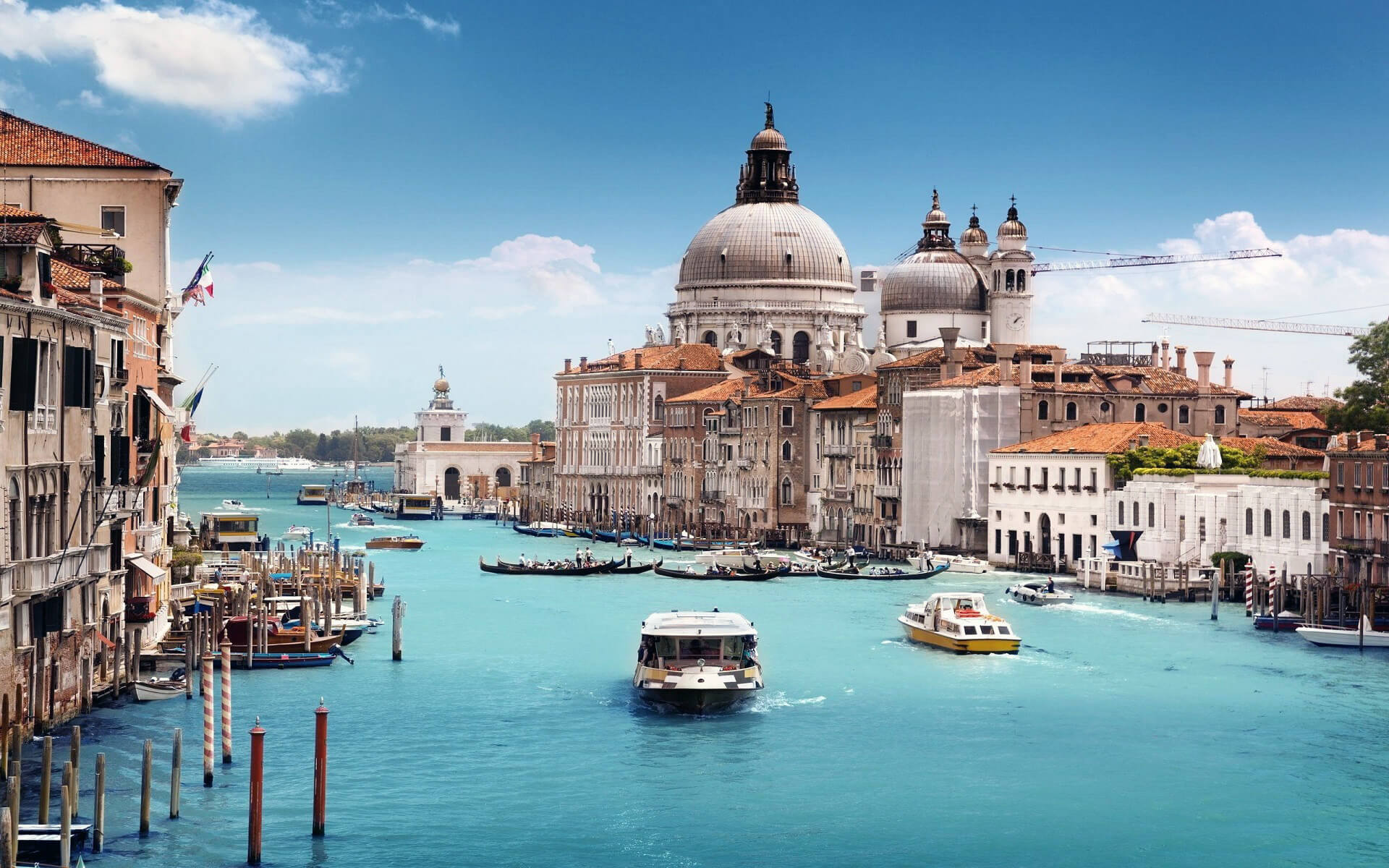[lwptoc]
Venice is the capital of the Veneto region in northeastern Italy. It is spread over 117 tiny islands connected by bridges and divided by waterways. These are in the marshy Venetian Lagoon, which spans along the coast between the mouths of the Po and Piave rivers. Parts of Venice are famous for the beauty of their surroundings, architecture, and artwork. The lagoon and a portion of the city have been designated as World Heritage Sites.
In 2009, the population of Venice’s comune was 270,098 (the population estimate of 272,000 inhabitants includes the population of the entire Comune of Venezia; of whom around 60,000 live in the historic city of Venice (Centro storico); 176,000 in Terraferma (the mainland), mostly in the large frazioni (roughly equivalent to “parishes” or “wards” in other countries) of Mestre and Marghera; and 31,000 on other islands in the The city, together with Padua and Treviso, is part of the Padua-Treviso-Venice Metropolitan Area (PATREVE), which has a total population of 2,600,000. PATREVE is only a statistical metropolitan area with no authority.
The name comes from the ancient Veneti people, who were in the area by the 10th century BC. Historically, the city served as the capital of the Republic of Venice. Venice has been dubbed “La Dominante,” “Serenissima,” “Queen of the Adriatic,” “City of Water,” “City of Masks,” “City of Bridges,” “The Floating City,” and “City of Canals.”
During the Middle Ages and Renaissance, the Republic of Venice was a significant maritime power, a staging ground for the Crusades and the Battle of Lepanto, and a highly important center of trade (particularly silk, grain, and spice) and art from the 13th century until the end of the 17th century. Throughout much of its history, this has made Venice a prosperous city. It is also well-known for various significant artistic movements, particularly the Renaissance period. The Republic was seized by the Austrian Empire during the Napoleonic Wars and the Congress of Vienna, until it became part of the Kingdom of Italy in 1866, following a referendum conducted as a consequence of the Third Italian War of Independence. Venice is the birthplace of Antonio Vivaldi and has played a vital part in the history of symphonic and operatic music.


